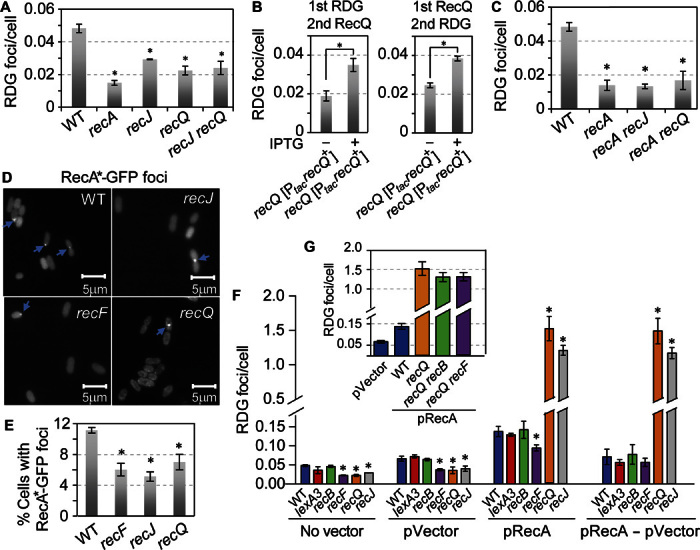Fig. 4. RecQ and RecJ promote formation of spontaneous HR repair HJs and prevent non-HR–HJs caused by RecA overproduction in a model of RAD51-overexpressing cancers.

(A) RecQ and RecJ promote spontaneous HJ accumulation acting in the same pathway. P = 0.002, P = 0.002, and P = 0.006, two-tailed unpaired t test for recJ, recQ, and recJ recQ, respectively, compared with WT. (B) RecQ produced from an IPTG-inducible plasmid increased RDG spontaneous HJ foci when produced before (right) or after (left) RDG. Left bar in each panel, no IPTG induction. The data indicate that the RecQ promotion of RDG foci results from RecQ-promoted HJ formation, not RecQ-inhibiting HJ removal, which is blocked by RDG. (C) RecQ and RecJ promote spontaneous HJ/RDG foci via the RecA-dependent (HR repair) pathway, seen as no further reduction of HJ/RDG foci in recA recQ or recA recJ double mutants beyond that in the recA single mutant. (D and E) RecQ and RecJ promote RecA-GFP focus formation, suggesting that they act before RecA. (D) Representative images. Blue arrows indicate foci. (E) Quantification. Spontaneous RecA4155-GFP foci (WT) are reduced in recJ, recF, and recQ null mutant strains. P = 0.001, P = 0.004, and P = 0.02, two-tailed unpaired t test (means ± SEM of three experiments, >1000 total cells scored in each experiment). (F) RecA overproduction causes increased apparent non-HR–HJs, opposed by RecQ and RecJ. RecA overproduction increased RDG foci 2.09 ± 0.02 times (P = 0.01, two-tailed unpaired t test, pVector compared with pRecA; blue bars), independently of RecF or RecB, implying a non-HR origin. There is no RecF dependence when the spontaneous HR-HJs are subtracted out (pRecA − pVector). Moreover, RecA overproduction increased RDG foci by 11- and 9-fold in recQ- or recJ null mutant strains, respectively (P = 0.001 and P = 0.0001, two-tailed unpaired t test). (G) The great increase in RDG foci caused by RecA overproduction in ΔrecQ cells is both RecF- and RecB-independent, implying that RecQ prevents non-HR–HJs. We suggest that HJs are regressed replication forks caused by overproduced RecA (Fig. 6B).
